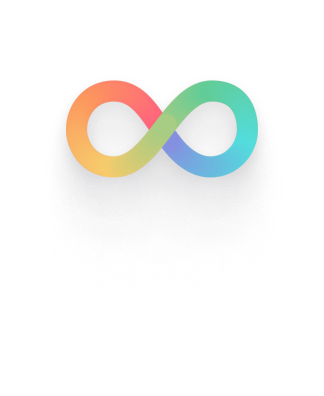Autism Spectrum Disorder (ASD) is a neurodevelopmental disorder that affects a person’s ability to communicate and interact with others.
It’s called a “spectrum” disorder because it affects individuals in different ways with varying degrees of severity.
Autism advocates often say, “If you’ve met one person with autism, you’ve met one person with autism.”
Autistic individuals are just as unique and diverse as their neurotypical peers, and should never be lumped into one box!


The Autism Spectrum
Most people think the autism spectrum looks like this:
This is INCORRECT.
The truth is, it looks more like this:

LANGUAGE
MOTOR SKILLS
PERCEPTION
EXECUTIVE FUNCTION
SENSORY FILTER
MID
HIGH
MID
MID
LOW
Move the dots to better understand the highs and lows on the autism spectrum.
An autistic person may have language skills that are below average, meaning they find it difficult to communicate both verbally and non-verbally. But on the other hand, that same person may have high perception skills, above that of neurotypicals.
It’s important to remember that every individual on the spectrum is diverse and unique.
For example:
Adam has high motor skills and perception, but struggles with language and executive function. He is also extra sensitive to sensory overloads.
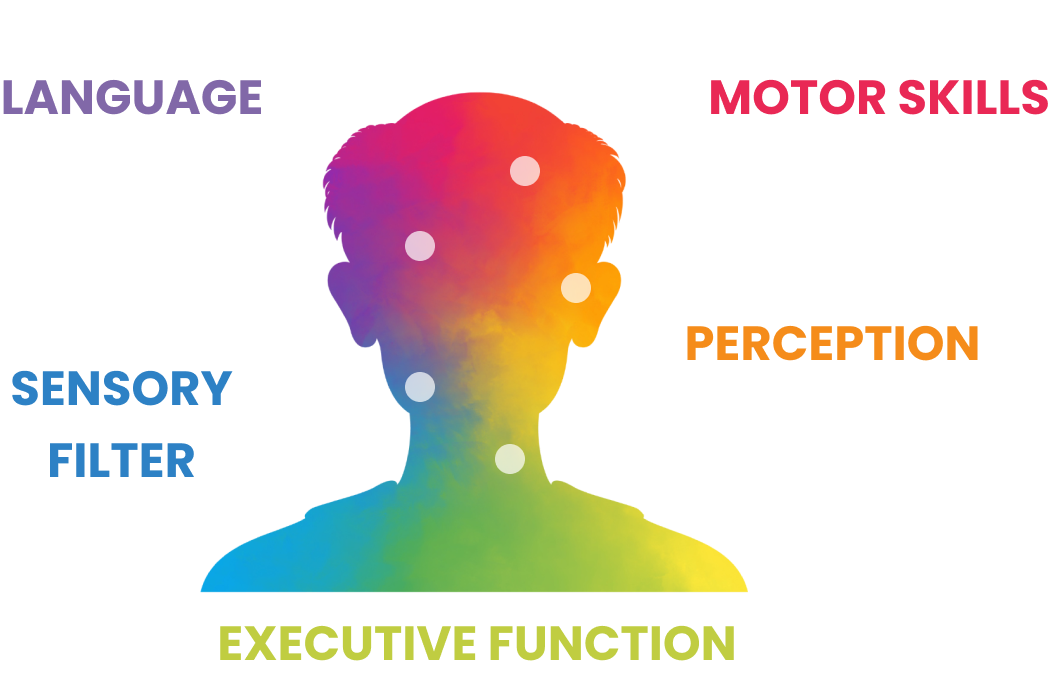
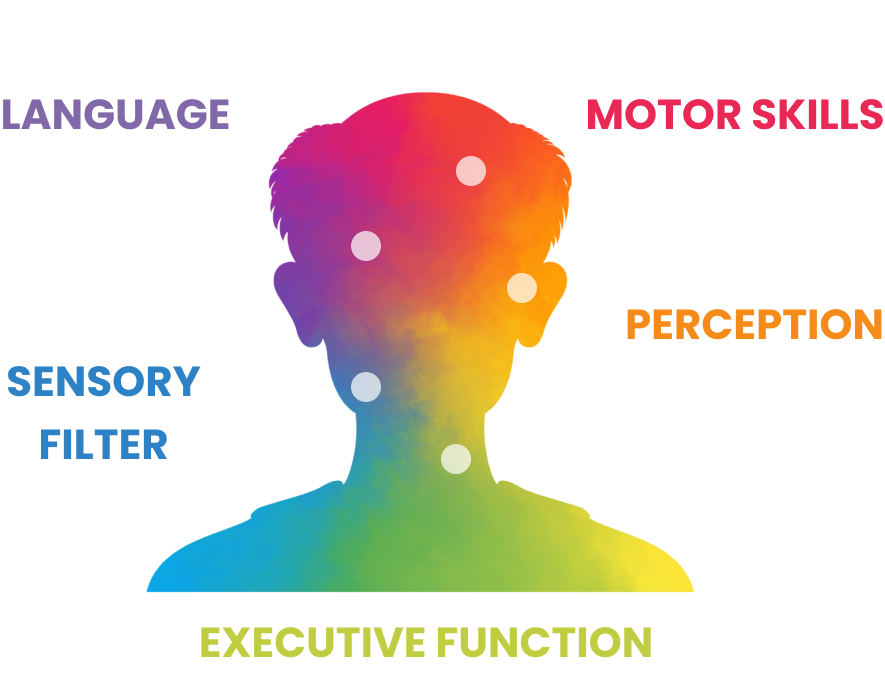
Amirah needs more support with perception and is often overwhelmed by high sensory input. She has strong language skills, as well as high motor skills and executive function.
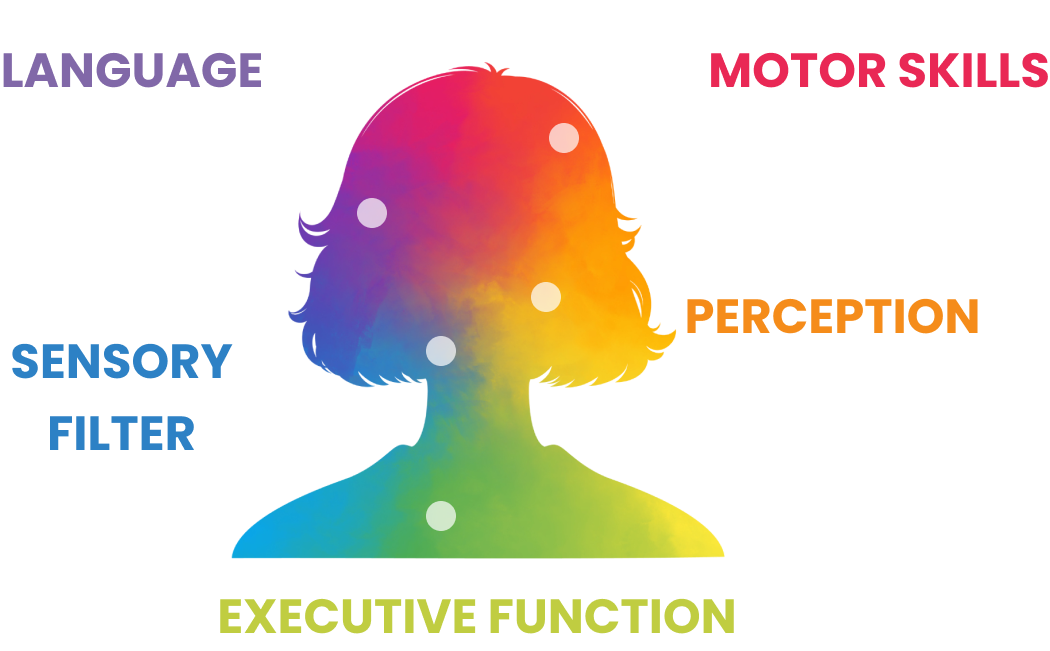
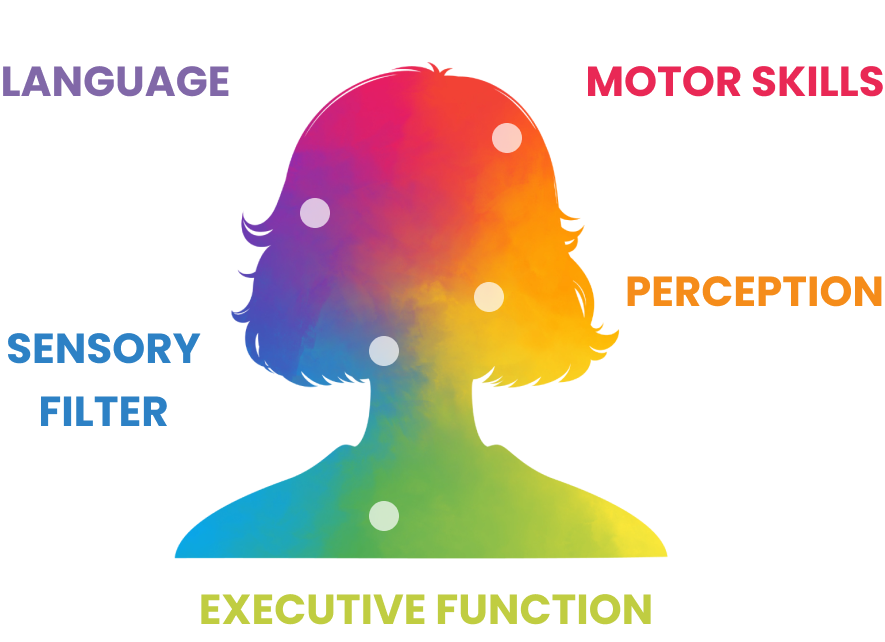
Wei Jie has difficulties with communication and fine and gross motor skills. He also needs help with perception and sensory overloads.
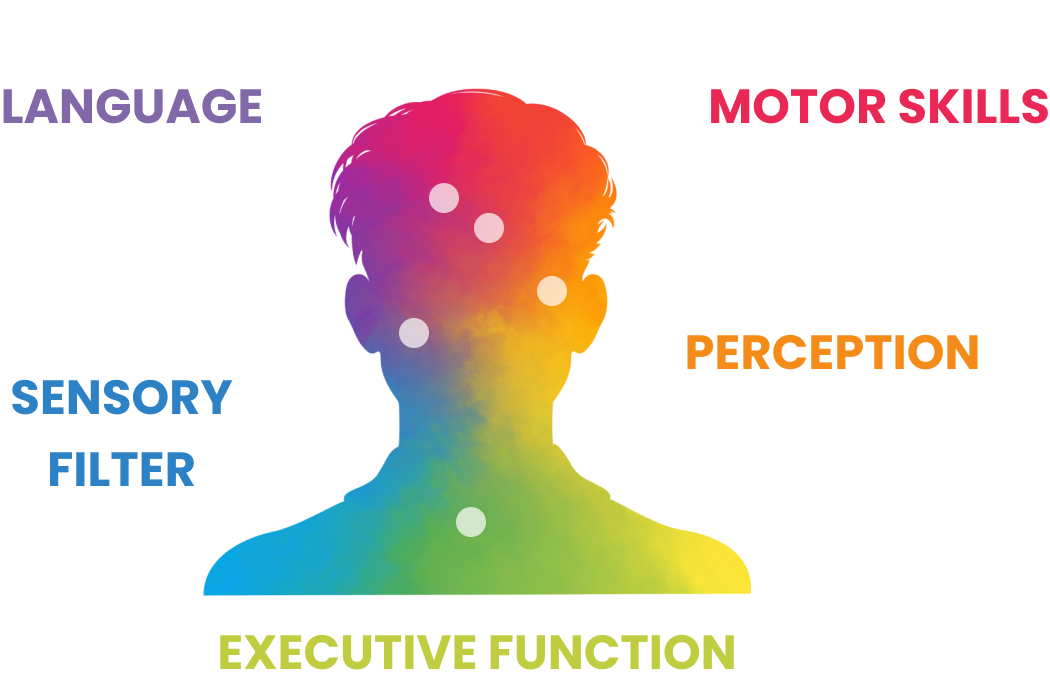

Priya has high language and motor skills, but still needs support in other areas.
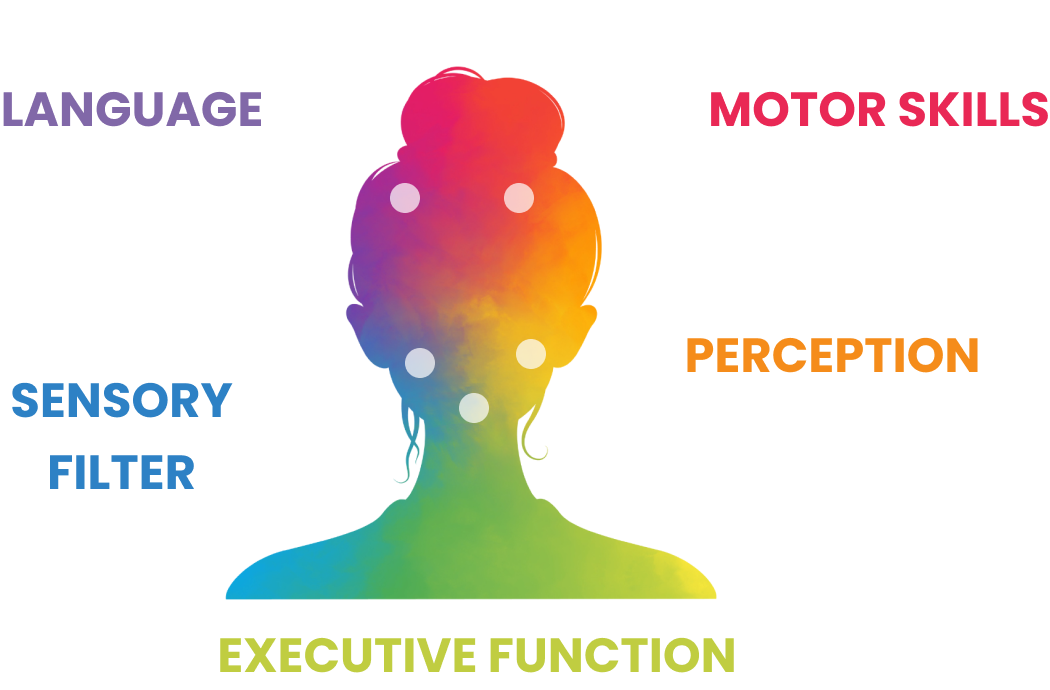
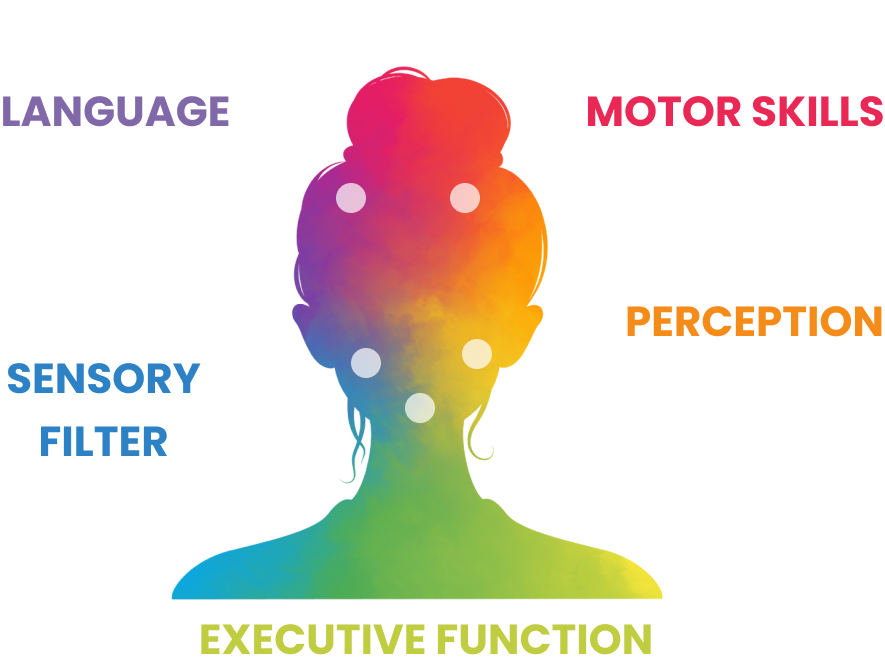


The Levels Of Autism
During a diagnosis, doctors and therapists will be able to determine the level of autism a person has. With this level, specialists will be able to provide more effective plans and support for the individual based on their needs.


What it’s like to be autistic
Autism is different for everyone. Some need little to no support, while others may need a full time caregiver.
In general, autistic people may:
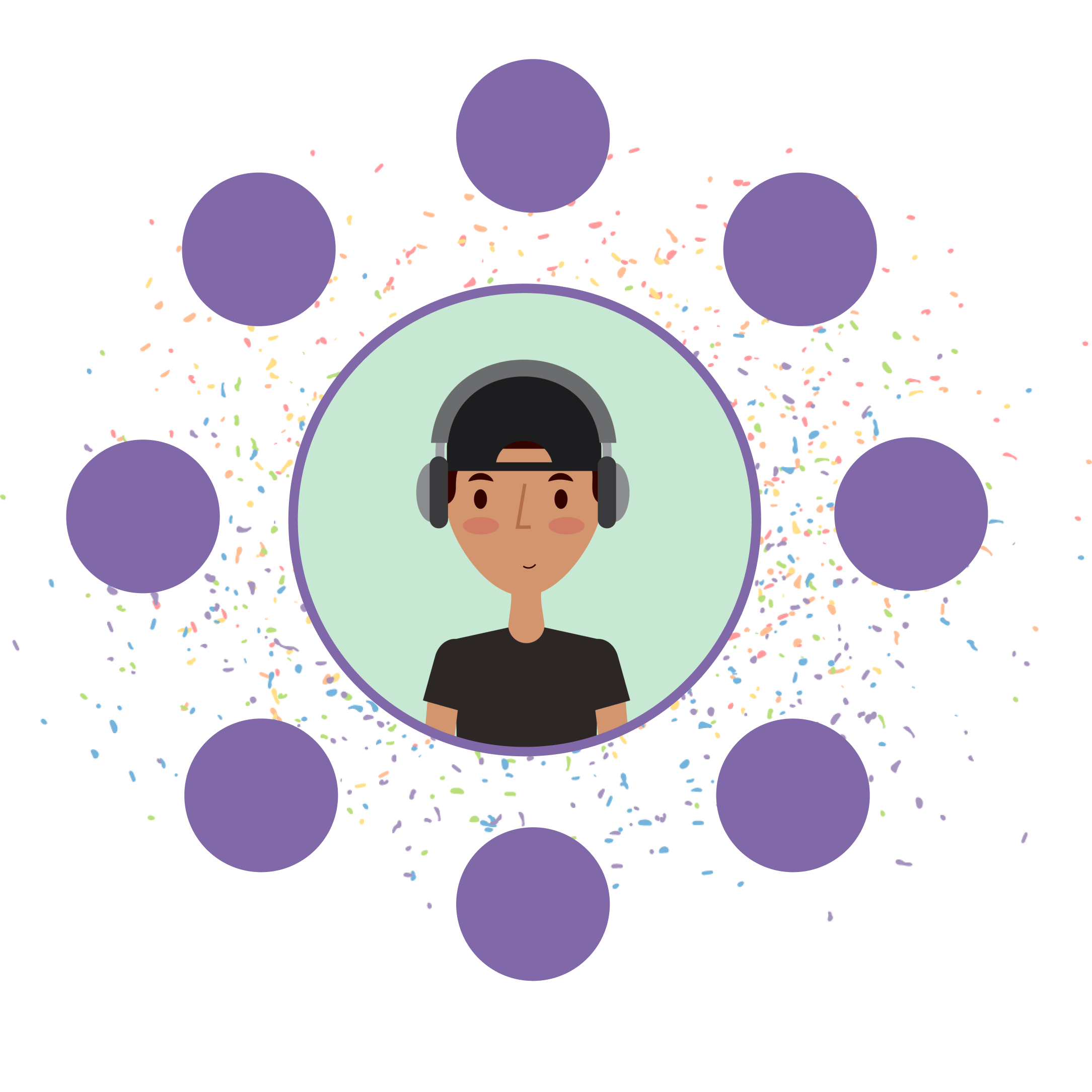
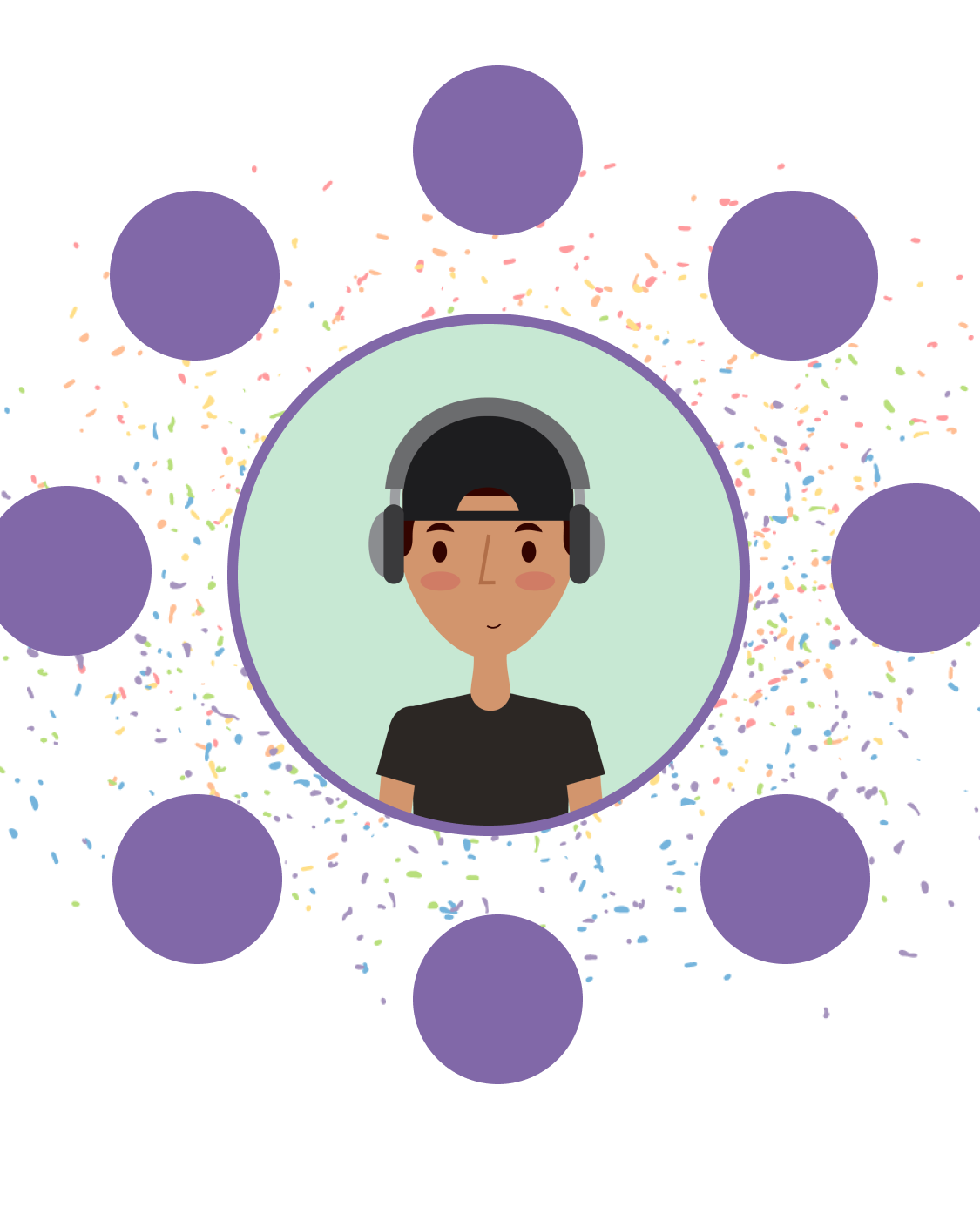
Tap for more info!


What comes after the diagnosis?
There is no treatment or cure for autism because autism is not an illness or disease. It’s a neurological disorder that requires support and understanding.
After a diagnosis, professionals will determine what kind of support an individual needs.
For example:
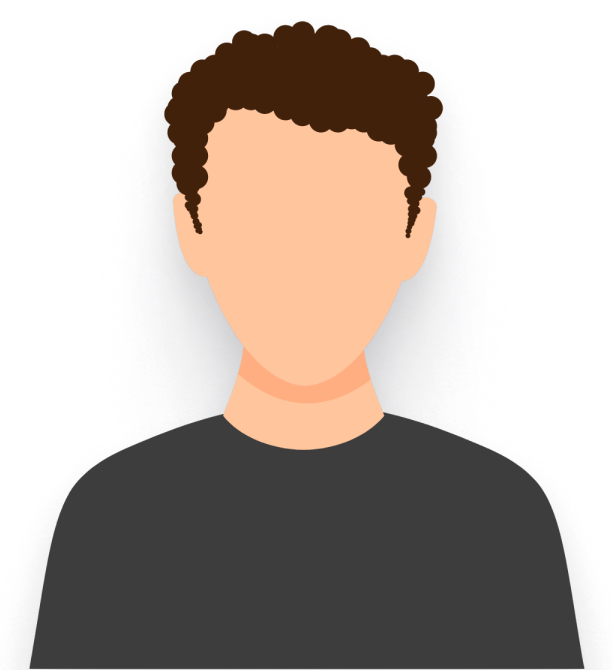
Wei Jie has difficulties in speaking, understanding, and communication
Click to find out moreWei Jie may benefit from speech therapy
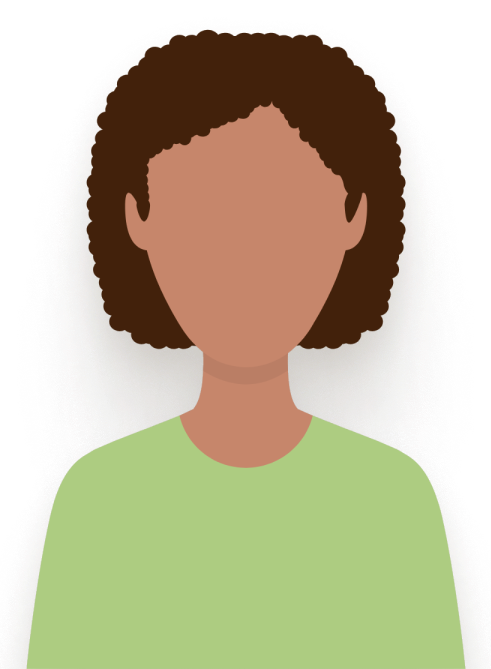
Amirah has trouble with fine and gross motor skills
Click to find out moreAmirah may benefit from physical therapy

Adam needs help to be more independent
Click to find out moreAdam can learn how to complete activities for daily living in occupational therapy
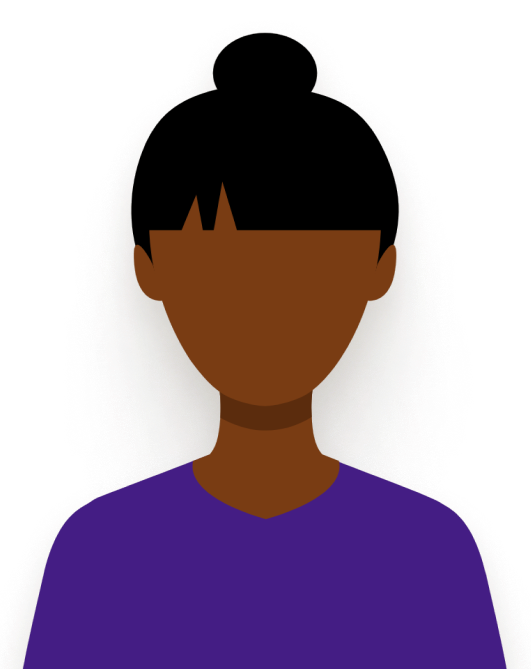
Priya is very sensitive to sounds, lights, and touch
Click to find out morePriya may benefit to sensory training
There are many more types of therapy that can help support autistic people. In some cases, specific medications can also help with certain symptoms. For example, certain medications may be prescribed for a hyperactive individual.

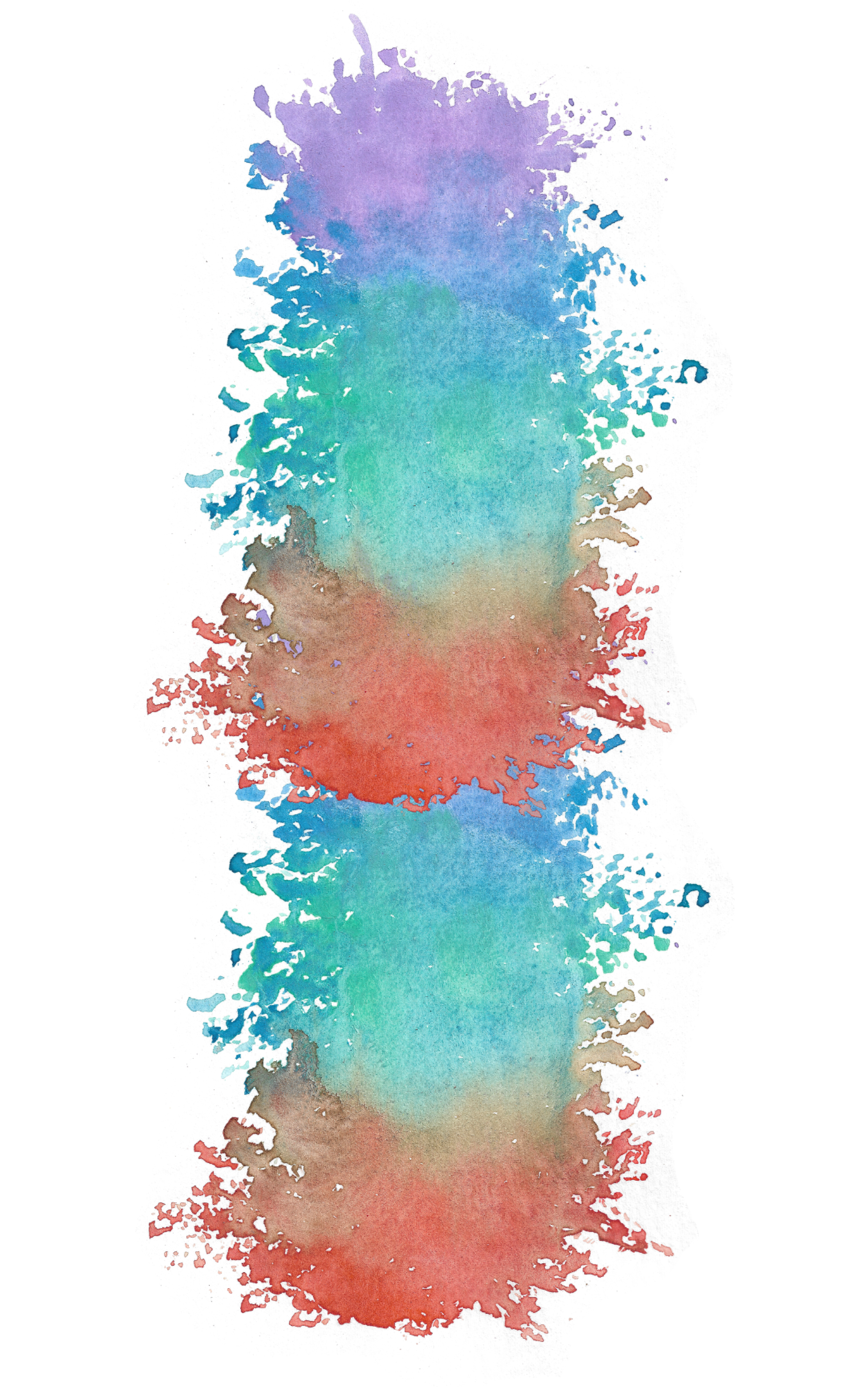




How can you help?
Autistic people exist all around us. They may be family members, friends, colleagues, or just a stranger you walk past in the supermarket.
The best ways to help an autistic individual are:
- Be supportive and encouraging of their strengths and interests
- Provide assistance in areas where they struggle
- Be discreet if an autistic person makes a social faux-pas. Don’t shame them.
- Listen when they speak. Really listen. Don’t be so quick to give an answer or cut them off.
- Be sensitive to their sensitivities. Autistic individuals often get overwhelmed by too much noise, lights, and crowds. Do what you can to minimise sensory overloads.
- Extend your patience and grace
- Instead of trying to change them to fit society’s definition of “normal”, adjust yourself to view the world from their perspective
At the end of the day, the best support you can provide the autistic community is kindness and understanding.
